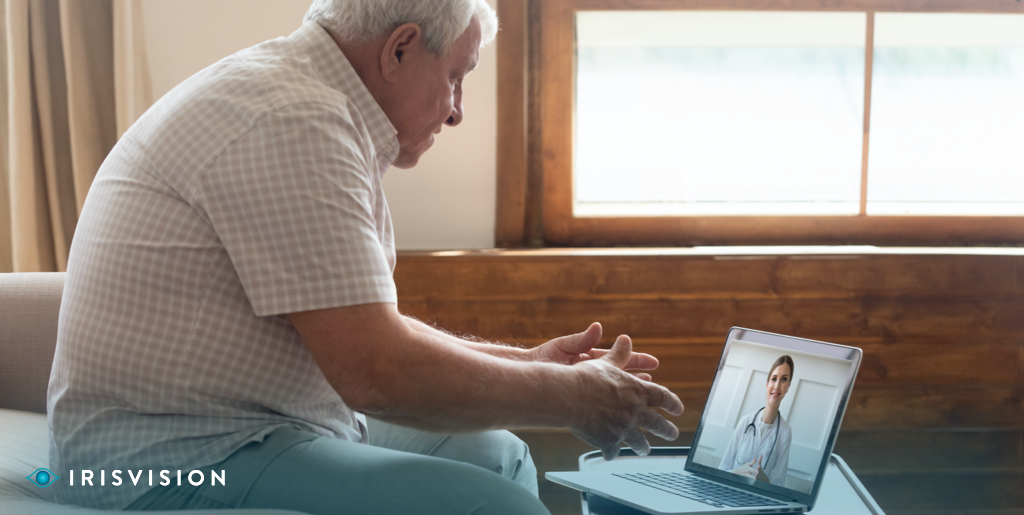There has always been a dire need for effective and affordable elderly healthcare that caters to their respective complex healthcare needs to help better manage a range of conditions and diseases.
But the same basic necessity can prove to be a challenge many times for the elderly especially those residing in remote areas.
Much like the disabled segment of the population, the elderly rely on help and assistance to carry out their day-to-day routine tasks.
The number of individuals aged 65 and older was projected to nearly double from 52 million in 2018 to 95 million by 2060, increasing the 65-and-older age group’s share of the total population from 16 percent to 23 percent in the US as per Population Reference Bureau’s Population Bulletin
Access to healthcare can prove to be tricky for older age patients given the mobility, transportation limitations, and other barriers and may prevent them from visiting their healthcare provider in person.
The costs involved in healthcare start from consultation fees, expenses related to prescription medicines, transportation costs plus many households cannot simply bear the expenses of admitting the elderly in nursing homes.
Those residing with their families or loved ones – usually are surrounded by support that lack proper training to provide effective at-home care, or execute healthcare protocols in light of an emergency
How Telehealth Can Improve Access to Patient Care for the Elderly
Telehealth presents a comprehensive set of solutions addressing a few of the barriers mentioned above – and provides older age patients the option to benefit from online consultation using video conferencing, remote patient monitoring and treatment. This reduces the need for in-person visits and consultations, and provides greater convenience, comfort and enables at-home caregivers to meet the needs of their family or loved ones.
Telehealth services also allow for at-home healthcare providers to learn and adapt to remote monitoring tools and services – allowing them to contribute and improve their loved one’s quality of care.
Here’s how perceptions about telehealth have changed for older age patients in the U.S:
- Concerns about privacy standards in telehealth visits decreased from 49% in May 2019 to 24% in June 2020,
- Concerns about experiencing difficulty seeing or hearing healthcare providers in telehealth visits decreased from 39% in May 2019 to 25% in June 2020.
- Concerns about not feeling personally connected to the health care provider decreased slightly (49% to 45%).
Source: University of Michigan (National Poll on Healthy Aging) 2020
Benefits of Telehealth Visits For Older Age Patients:
Given the simple fact that older age patients may have trouble understanding. Operating and even harder to keep up with fast-paced technology – new technology has the potential and is equipped with support features that can provide timely interventions to facilitate older adults better.
There is a need to develop response strategies that prevent barriers to entry for older age patients.
A case study published in the Harvard Business Review in 2020 presents an ideal example of how this can be done:
Iora Health and Oak Street Health delivered tablets to patients who needed them.
Iora would mail custom-formatted tablets to their highest-risk patients after which the health coaches would remotely instruct the patients on how to use the technology.
Both the service providers found this solution to be sufficient for the majority of patients.
As for the 5% to 10% of patients unable to use the technology on their own, Iora Health and Oak Street Health provide on-site help.
For example, Oak Street Health’s van drivers, with proper personal protective equipment, would first deliver a cellular-enabled tablet to the patient, log the patient into the video visit so they could start right away.
And later, the drivers would pick up the tablets, clean them and deliver them to other patients.
For all those patients who lacked the basic understanding of the technology or internet access, Oak Street Health would send “mobile medical assistants” who would conduct in-person sessions at the patient’s home and then set up a video visit with the care team via the tablet.
The assistant would remain with the patient during the video visit to help them use the technology.








